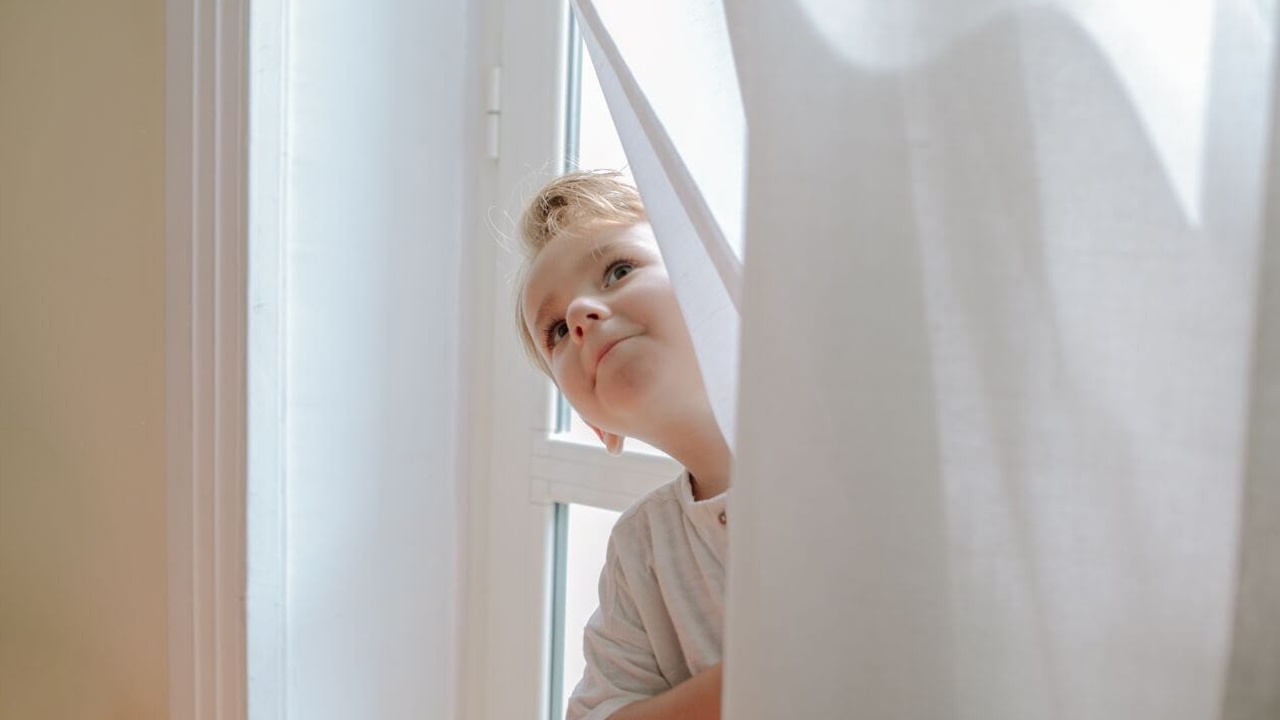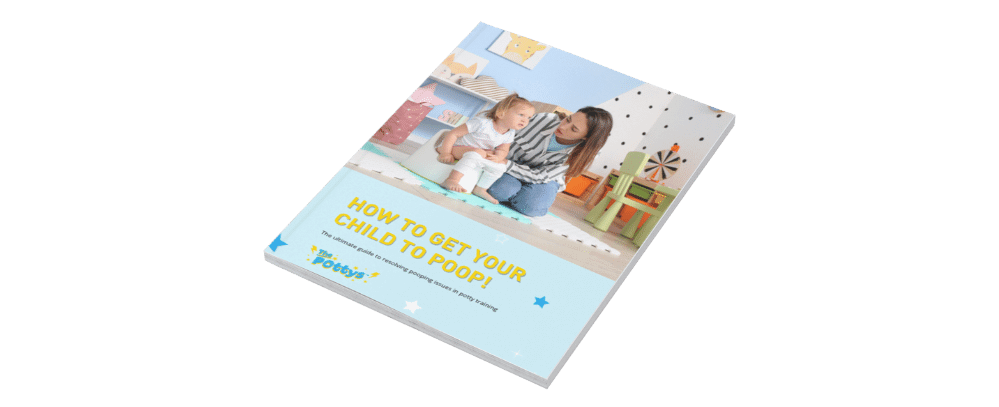
If your child is hiding to poop, it may indicate this.
Aug 26, 2022Is your child hiding to poop under the table? The corner of the room? Behind the living room curtain?
Perhaps you haven't started potty training yet or you have recently started and you are noticing your child has developed a habit of hiding in the same spot to poop EVERY. SINGLE. TIME.
But what does this mean? Is this just your child's unique habit or do other children do this too?
The phenomenon of hiding to poop is a THING. So much so, there has even been a study that tried to determine if this behavior determines a certain outcome in toilet training kids.
This 2003 study concluded that children who hide to poop before or during potty training are more likely to have stool toileting refusal, more frequent constipation or stool withholding.
In other words, if your child hides to poop, its an indication that your child has a higher chance of pooping hurdles once you start toilet training.
Let's break this down in a bit more detail.
Hiding to poop shows an awareness of bowel movements
You might be reading this and thinking..."But I read that hiding to poop is a sign my child is ready for potty training?" and if you're thinking this... you are correct! By your child hiding to poop, it shows an awareness of their bowel movements because they are anticipating its arrival.
When determining if your child is ready for potty training, you want to be sure that your child is showing a number of signs they are emotionally, physically and cognitively ready.
You also want to be sure your child is physiologically ready, and thats ensuring you are not starting TOO early, before your child can understand what an urge actually is and be able to control their bowel movements effectively and efficiently.
Hiding to poop and a need for privacy
Your child is at an age where they are mimicking your behavior, watching your every move and looking to you for guidance. Perhaps they have seen you seek privacy for your bowel movements and they are wanting to do the same.
However, depending on your child's age, generally kids around the age of 2 don't quite yet understand the concept of 'privacy,' so this may likely be an indication of something else.
Hiding to poop indicates constipation
The most likely reason why your child is hiding to poop is because your child is constipated.
You might be reading this and thinking "But my child makes a poop every day, sometimes twice a day. There is no way she is constipated!" But contrary to popular belief, constipation in kids actually presents a lot differently to constipation in adults.
You see, constipation is much more than just the frequency of bowel movements and the hardness of stools. And whilst these can absolutely be signs of constipation, your child can also be constipated if they have diarrhea or multiple bowel movements a day.
Children often get constipated around the age of 1 when they begin to eat solid foods. The consistency of stools change and become much thicker. Children often switch to cows milk from breastmilk or formula and for a reason not known, cows milk can thicken stools in some kids.
A child can begin to have a build up of stools in the colon which starts the cycle of constipation. If there is a build up, what inevitably happens is a bowel movement becomes difficult and hard to pass, causing pain and discomfort. It can also mean that stools can be soft and loose as they pass around these hard stools that are clogged up in the colon.
When children are constipated they begin to anticipate pain, and this anticipation of pain leads to withholding. Given the outcome of the 2003 study, it's very possible your child is actually withholding when they hide to poop, which leads to further stool withholding, frequent constipation and stool toileting refusal.
What to do if your child hides
If you haven't started yet or if you have already started potty training and your child is hiding to poop:
1. Explore if your child is constipated
Set up an appointment with your child's doctor to rule out if your child is constipated, with the goal to ensure your child will experience soft stools that are easy to pass and pain-free
2. Normalize the idea of pooping
Spend some time normalizing the idea of pooping and toileting.
Your child may be fearful of pooping on the potty because its painful, which results in them not feeling safe and comfortable to use a toilet to go.
Reading books, watching videos on Youtube and modeling behavior are just some of the ways you can effectively remove your child's fear and hesitation around pooping on a potty.
3. Normalize the idea of pooping
Help your child to relax their "potty" muscles by practicing deep breathing exercises using toys that encourage deep breaths out!
Using a recorder or blowing bubbles are some excellent ways to help your child relax and release when sitting on the potty.
Needing some more help on your child's pooping resistance?
INTRODUCING:
HOW TO GET YOUR CHILD TO POOP ON THE POTTY GUIDE!
At last there is an expert-led, evidence based guide on how to finally get your child to poop on the potty. No more trawling the internet for answers that can leave you as confused and overwhelmed as ever! Now you can identify exactly what is causing your child's resistance to using a toilet or potty and understand how to go about overcoming it in 5 manageable steps.
CLICK HERE TO FIND OUT MORE
Ready to ditch diapers for good this summer?
Fast, easy, stress-free potty training IS possible with our best-selling course Cut The Crap. Love it, or your money back.



